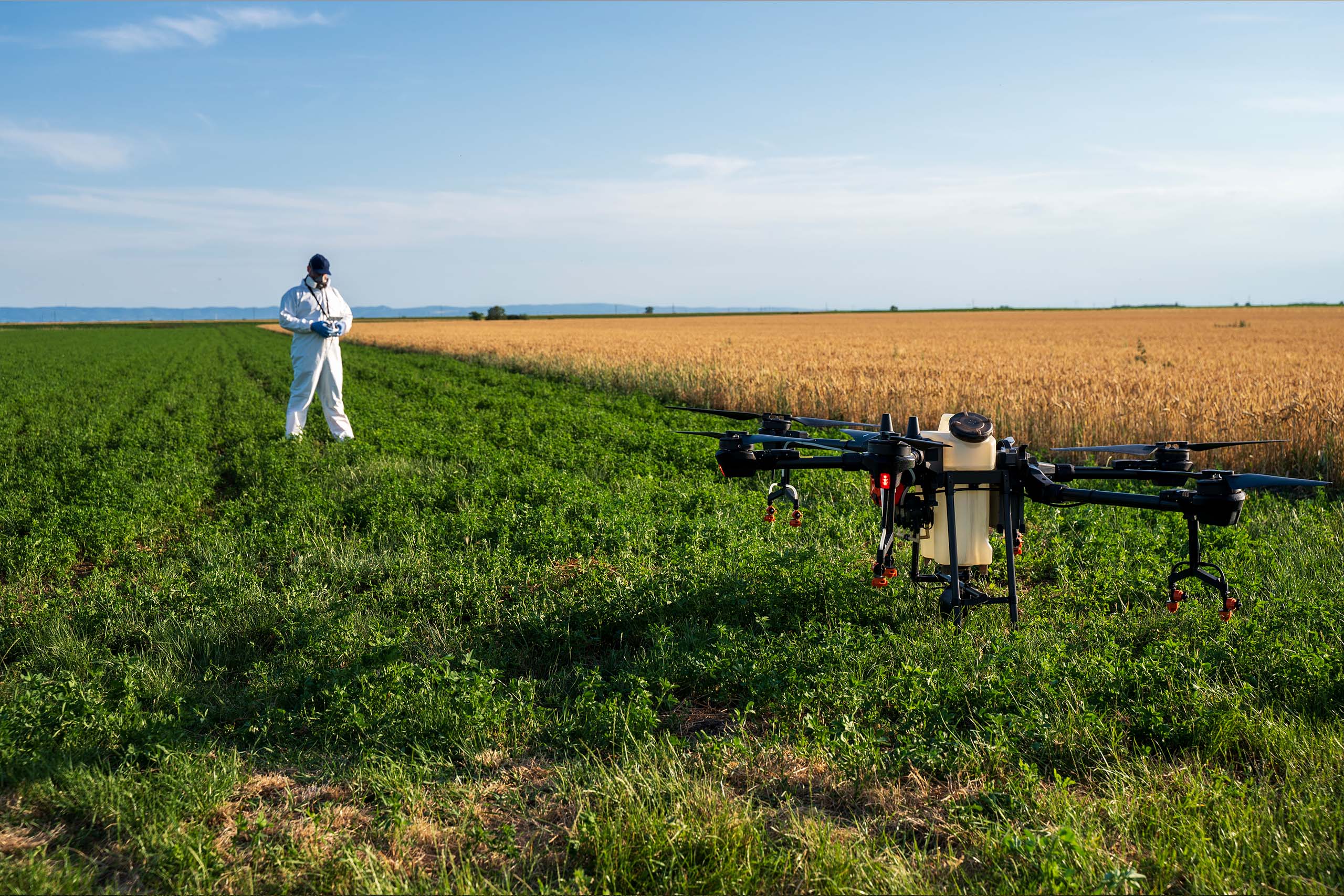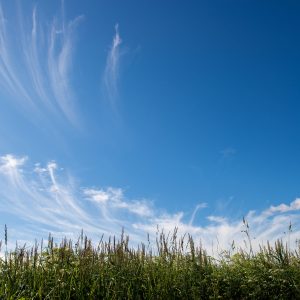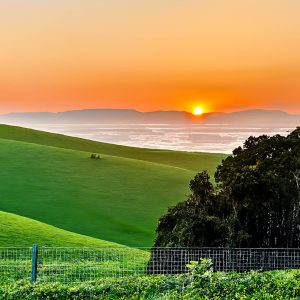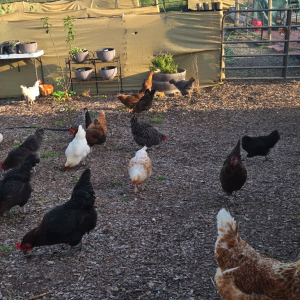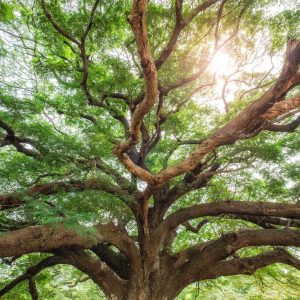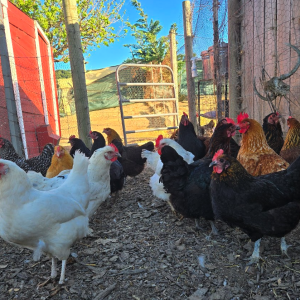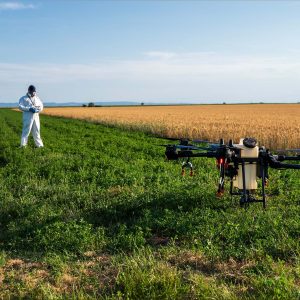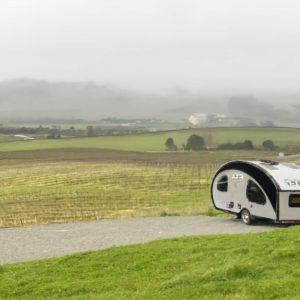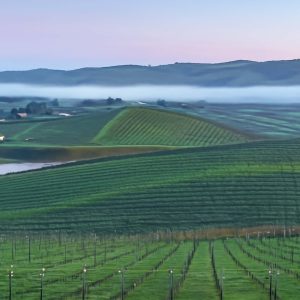Farming, technology, and the delicate balance we must protect.
AI and robotics are reshaping every part of modern life—from how we shop to how we communicate, diagnose illness, and design cities. Naturally, agriculture is part of this transformation. Around the world, farmers face labor shortages, aging populations, and increasing pressure to produce more with less. It’s no surprise that tech is entering the field—literally.
But here’s the hard truth: from a farmer’s perspective, not all innovation feels like progress.
Yes, technology can be revolutionary. Smart irrigation systems, autonomous tractors, drones for crop monitoring—these tools can reduce backbreaking labor, improve yields, and make farms more resilient. But if applied carelessly or with too much speed, they can do real harm. Some damage may be invisible at first—until it’s too late to reverse.
Because land is not a factory. It is living, complex, fragile. It holds memory. It responds to rhythms we barely understand. It takes decades—sometimes centuries—to build healthy soil, and only a few short seasons to exhaust or pollute it. And when land is damaged, it’s not just the crops that suffer. Entire ecosystems collapse. Water sources dry up. Communities wither.
We’ve seen this before. Industrial farming taught us a painful lesson: scale and efficiency without ecological respect leads to erosion, loss of biodiversity, and food that lacks soul. The “green revolution” made food more abundant—but not necessarily more nourishing, or sustainable.
At Dan Dan Farm, our goal is to find a balance—to thoughtfully integrate technology while staying grounded in the principles that have sustained agriculture for generations. We want machines that make labor easier, not eliminate human presence. We want data that informs, not dictates. We believe that innovation should enhance tradition, not replace it.
That means walking the land. Listening to it. Knowing not just how to grow—but when to wait. It means embracing smart tools while honoring the wisdom of compost, of pruning by hand, of working with the seasons, not against them.
So, is AI and robotics the solution? It could be part of it. But only if farmers are at the center of the conversation—not just the end users. Only if we design systems that understand not just how to optimize yields, but how to protect soil health, restore biodiversity, and preserve the deep relationship between land and people.
At Dan Dan Farm, we welcome innovation—but we move carefully. Because land, like wisdom, takes time to understand. And once lost, it’s painfully hard to get back.

